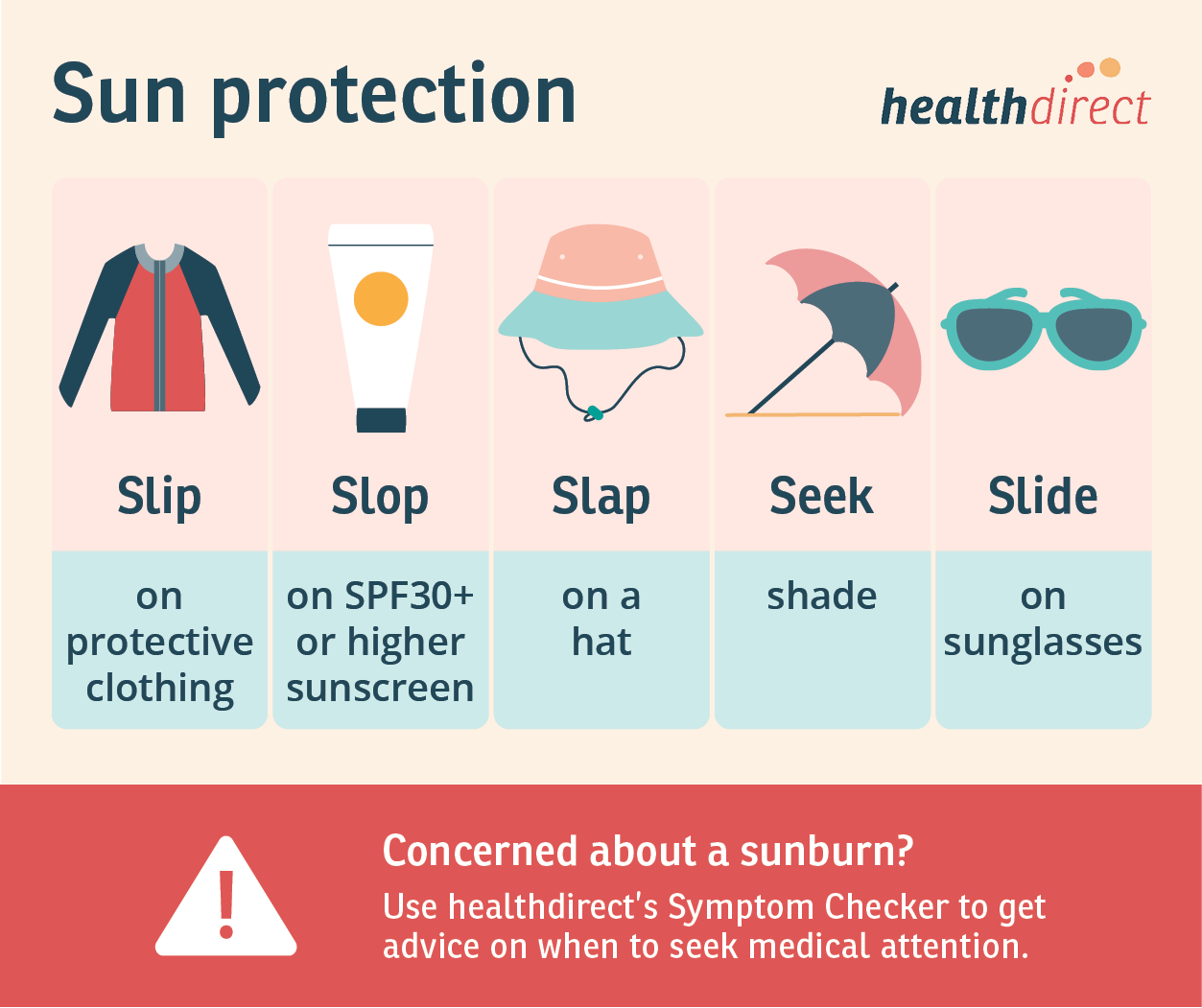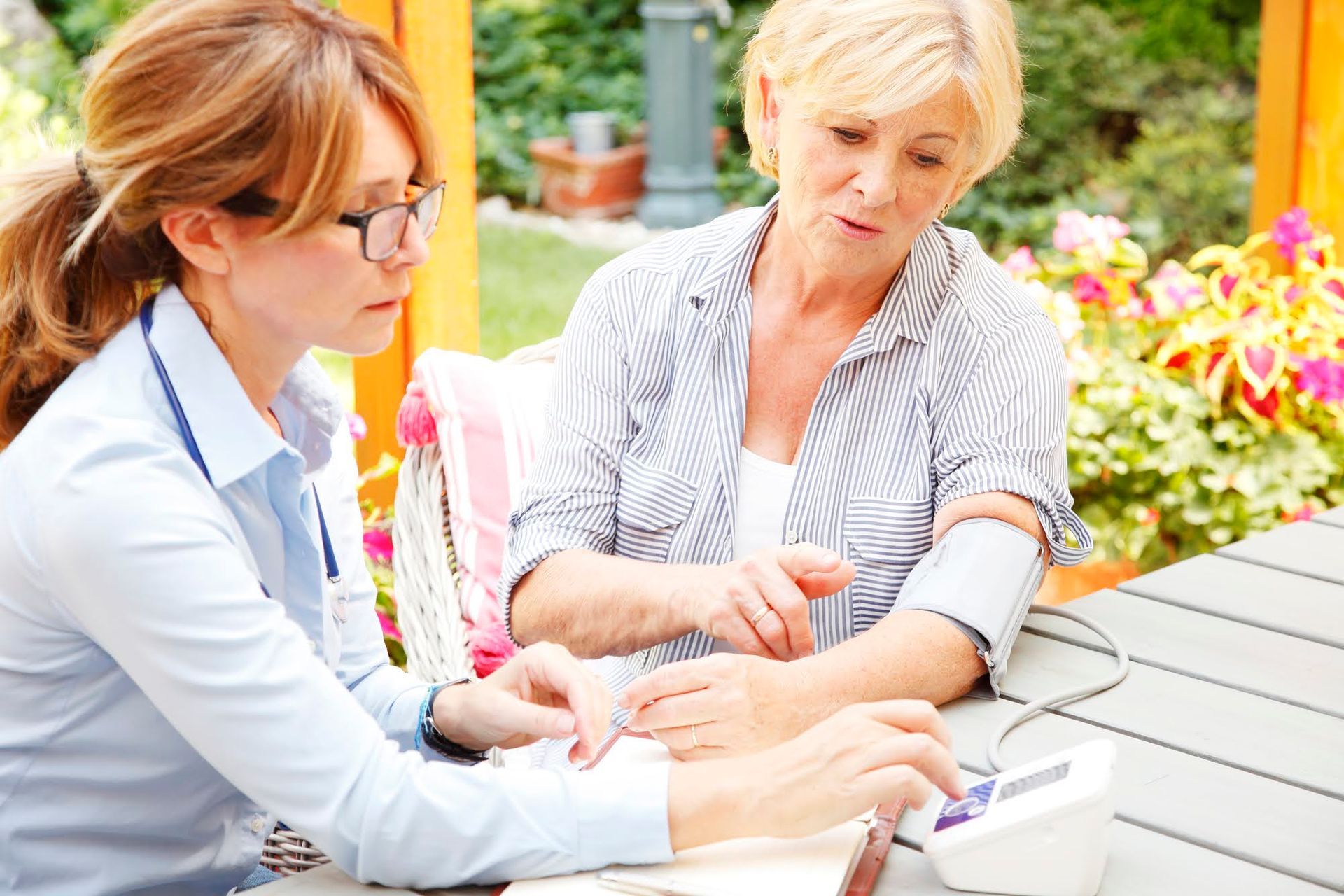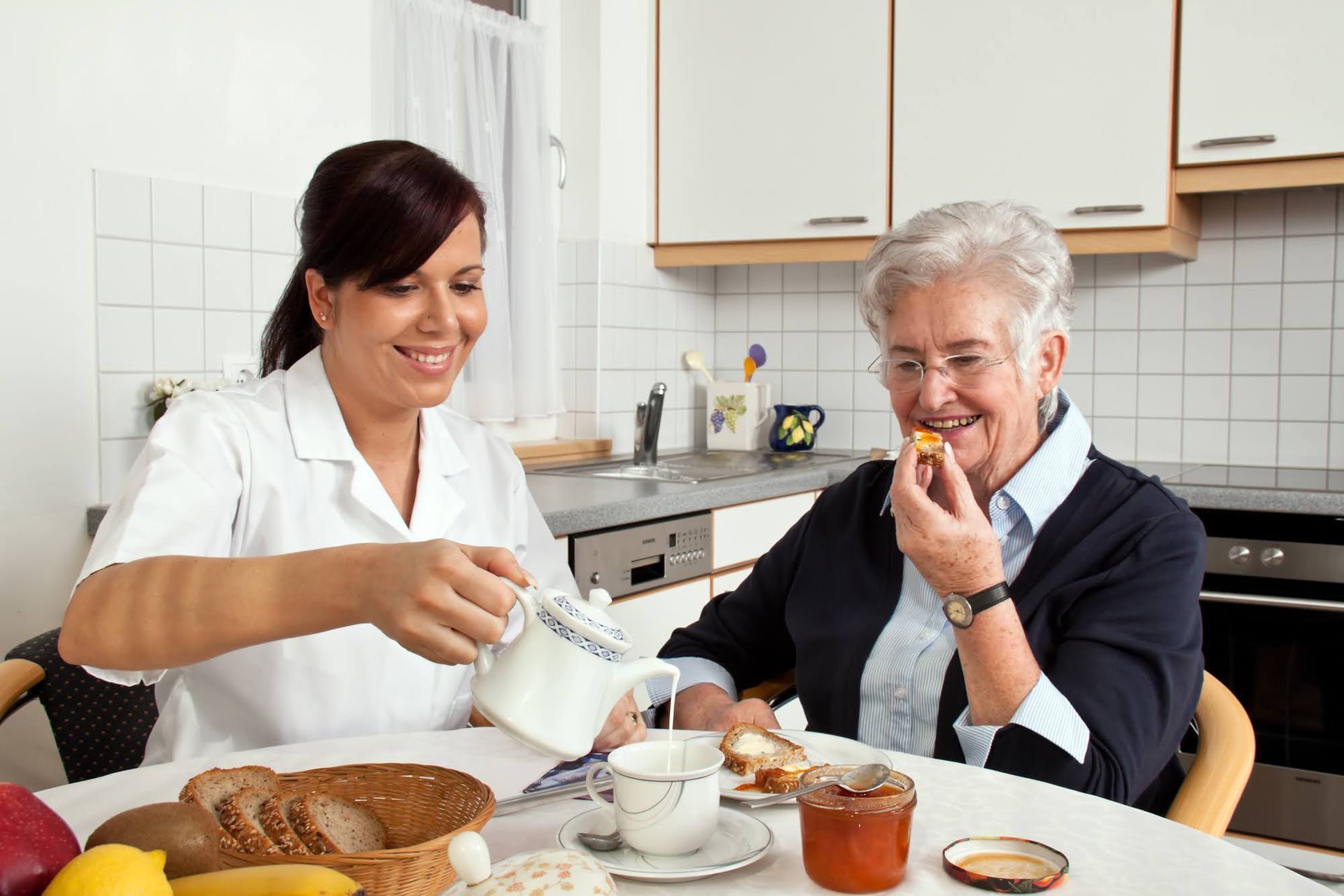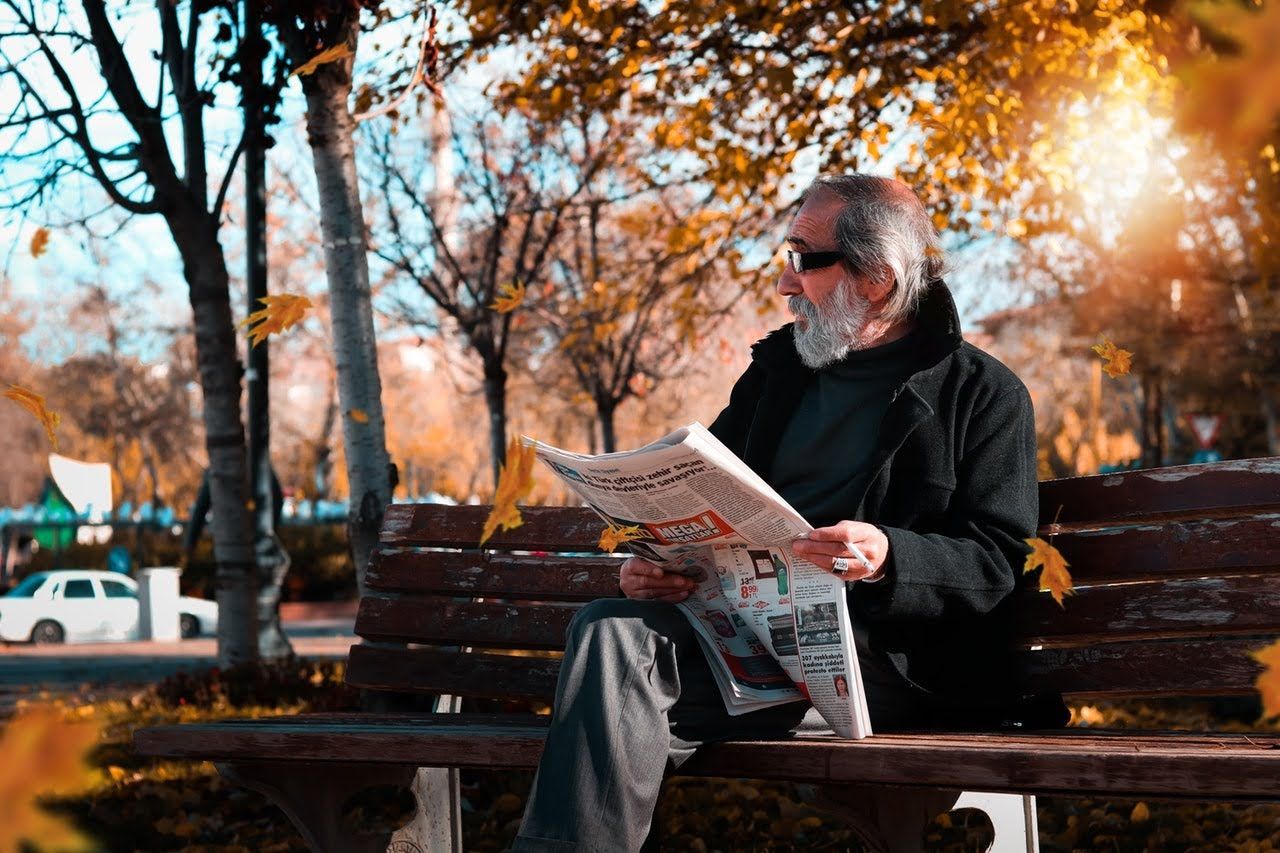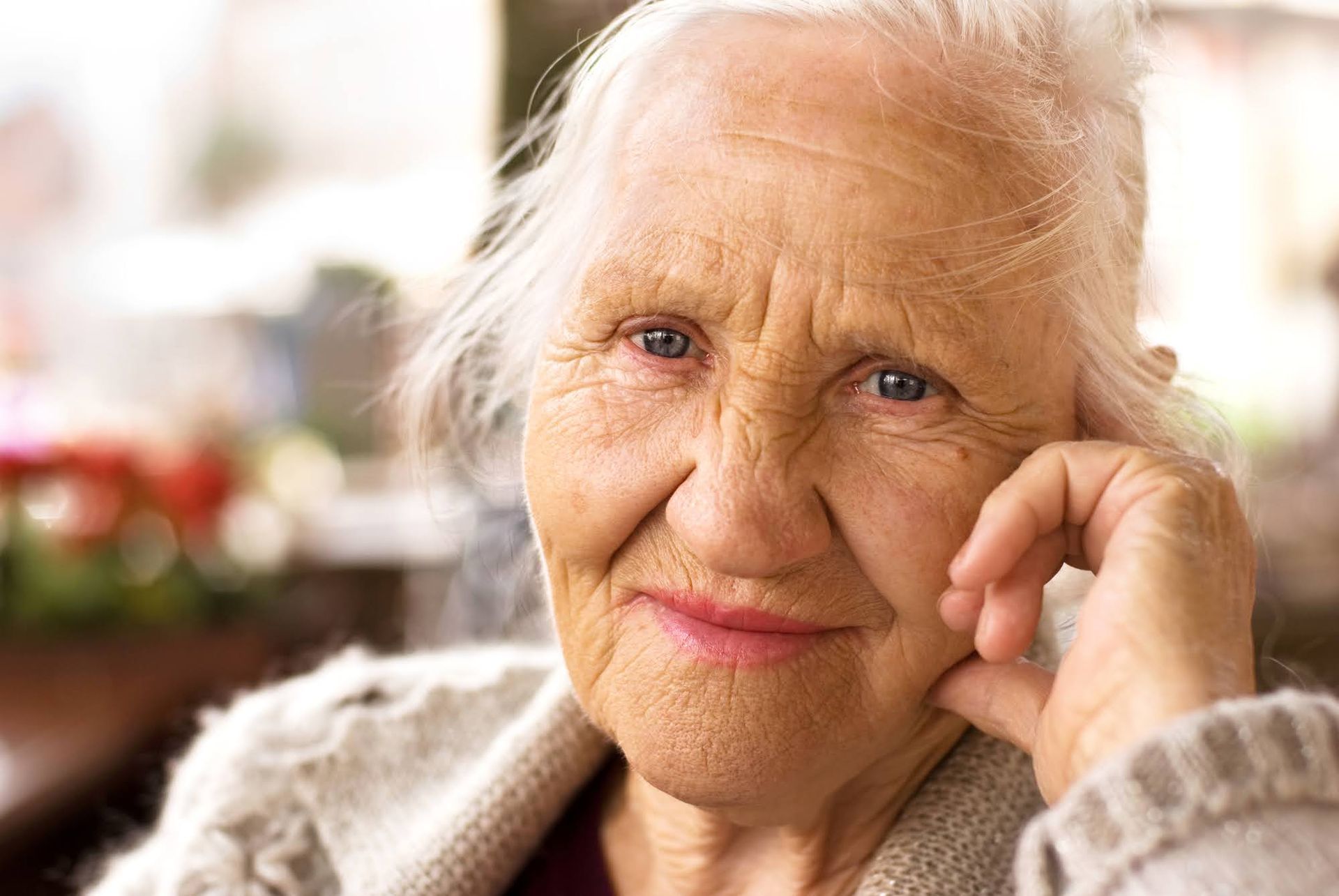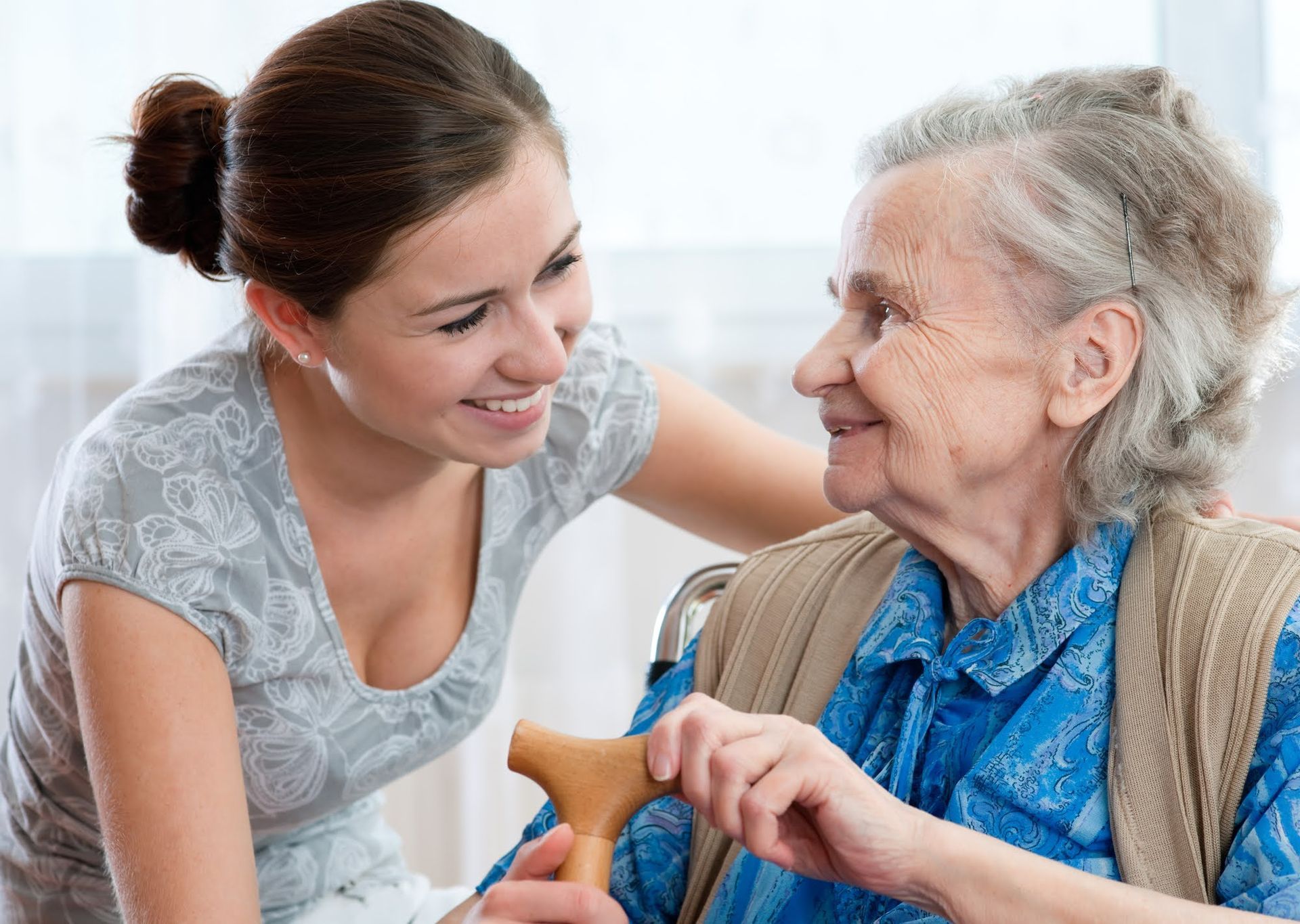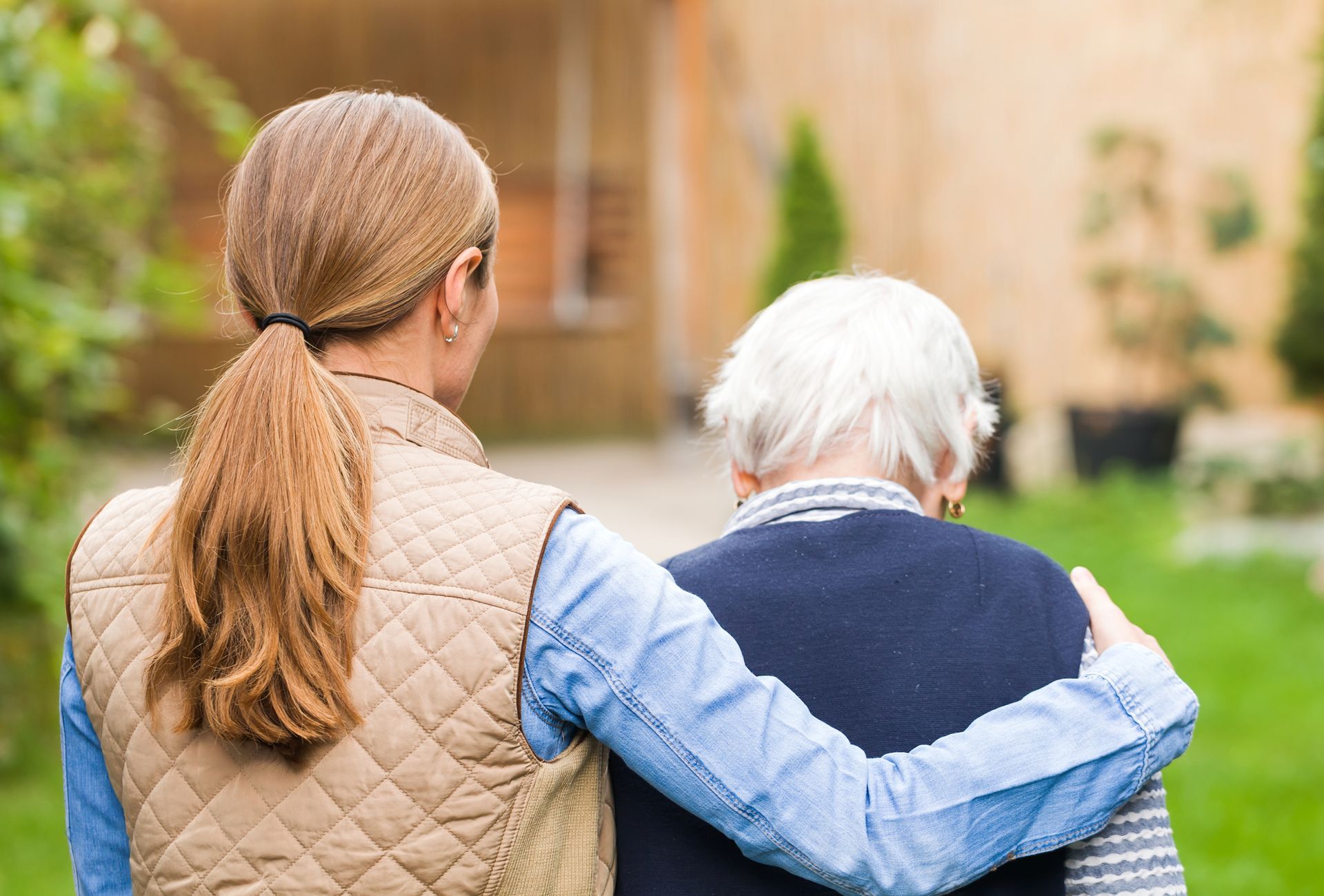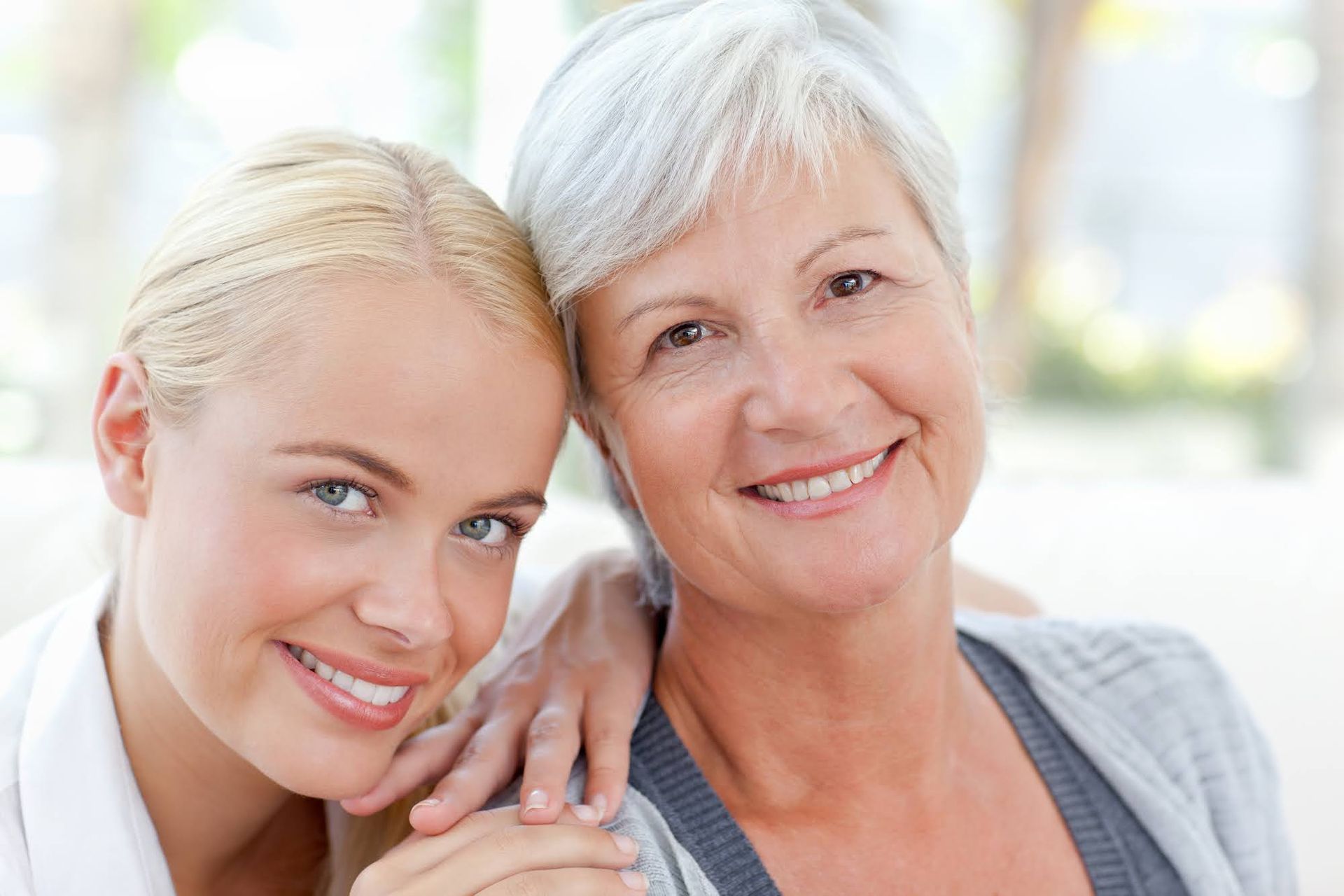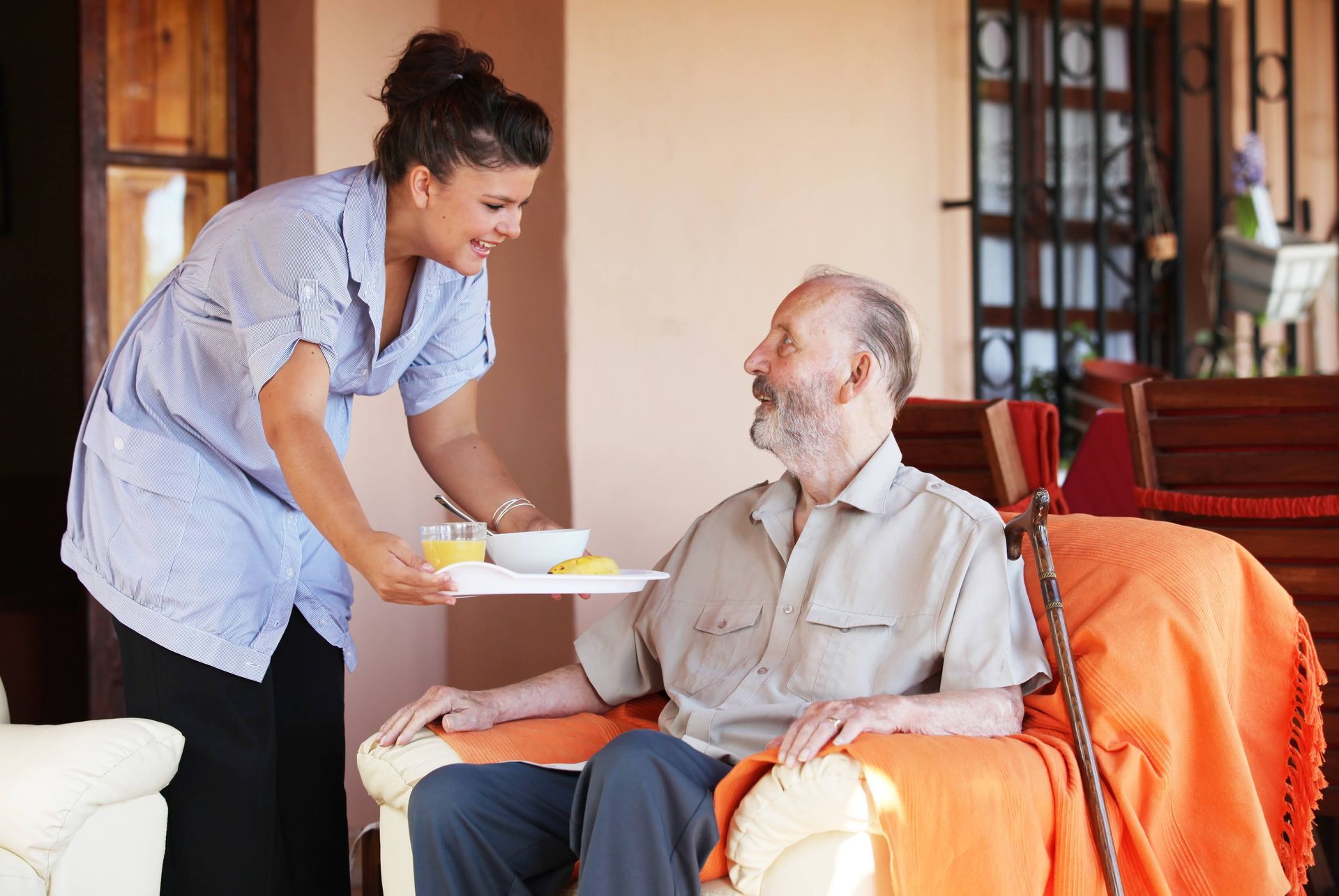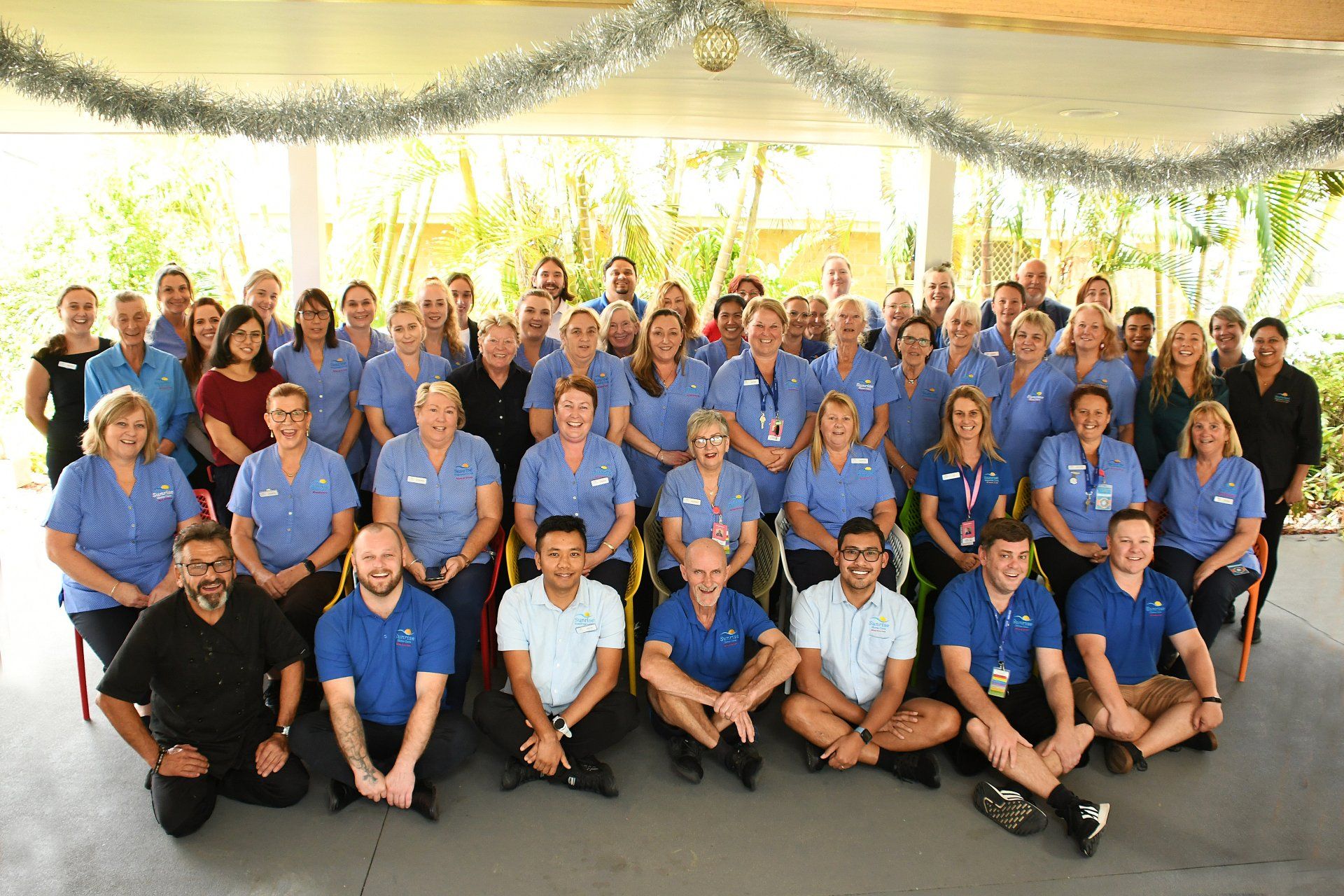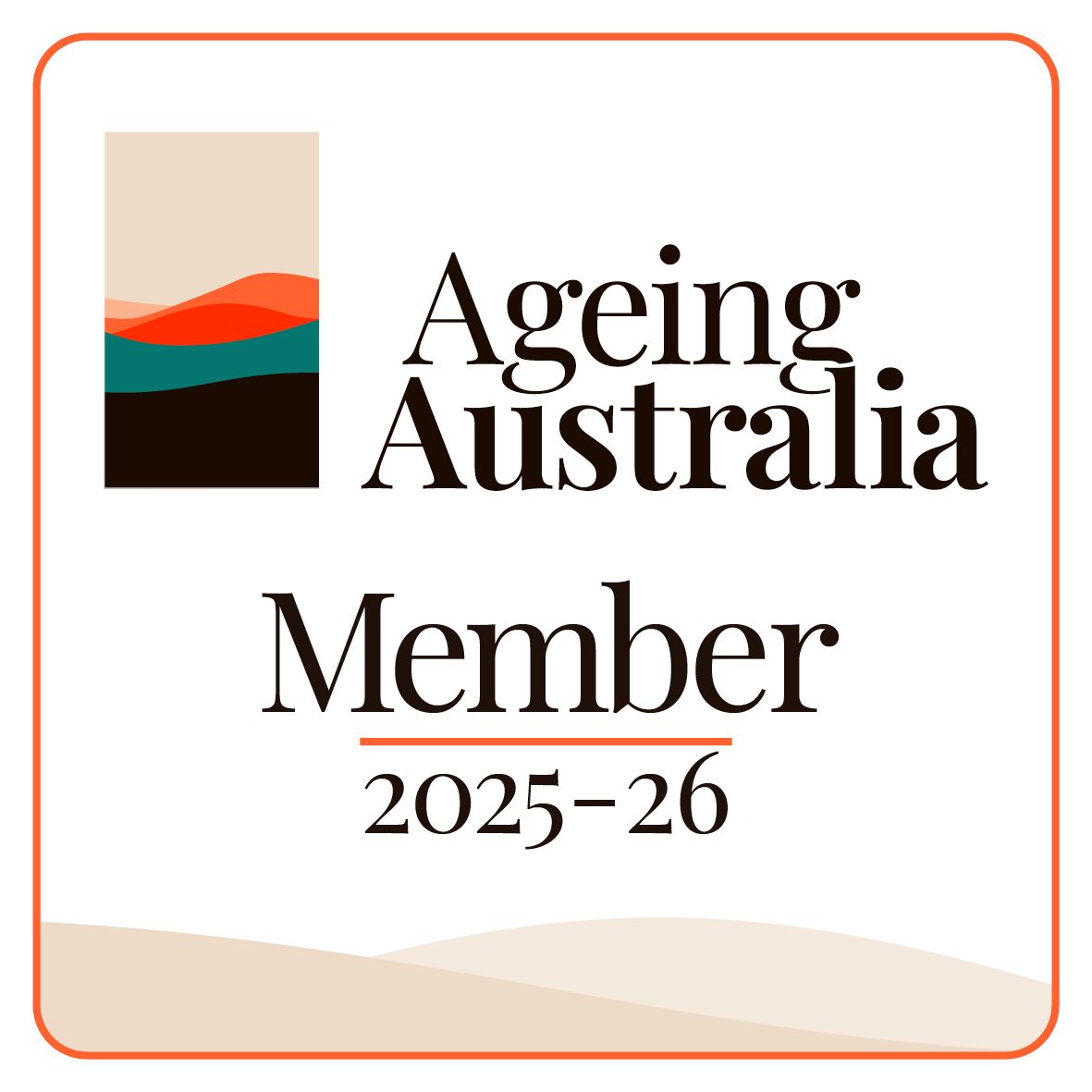Need Help? Call Us at
Why is it important to be aware about heat-related illnesses?
This is a subtitle for your new post
Why is it important to be aware about heat-related illnesses?
Heatwaves have killed more Australians than all other natural hazards combined. Over 400 deaths occurred during the severe heatwaves in south-eastern Australia in January 2009, when Melbourne suffered through 3 days in a row with temperatures at or above 43°C.
The year 2019 was Australia’s hottest on record, with temperature records broken in many towns and cities. On 4 January 2020, metropolitan Sydney experienced an all-time high, with Penrith reaching 48.9°C.
If temperatures continue to rise as predicted, heatwaves will become more frequent, hotter, and last longer. This is why we all need to know how to prepare for high temperatures, and how to provide first aid for heat-induced health conditions.
What is a heatwave?
Heatwaves are times of extreme heat, when the minimum and maximum temperatures are hotter than usual for 3 or more consecutive days.
Who is most at risk from hot weather?
While most people find extremely hot weather and heatwaves uncomfortable, some people have a higher risk than others of becoming ill. These include:
- adults aged over 75 years, babies and young children
- people with long-term health conditions, for example heart or lung disease or diabetes
- people living with overweight or obesity
- people taking certain medicines
- people who are socially isolated
- people who work outdoors or in hot and poorly ventilated areas
- people who are not accustomed to the heat, for example, overseas visitors
How can I stay well during hot weather?
Drink plenty of water
The best ways to avoid heat-related illness is to:
- Drink water, even if you don’t feel thirsty, because this can prevent you from becoming dehydrated.
- Avoid alcoholic, hot, or sugary drinks (including tea and coffee) because these can make dehydration worse.
- If you go outside, carry a bottle of water with you.
The colour of your urine can help you know if you are drinking enough water to prevent being dehydrated. Use this urine colour chart to check how hydrated you are.
Keep your body cool
Keeping as cool as possible can also help you prevent heat-related illness. Some ways to do this include.
- Stay out of the sun.
- Drink cold drinks and eat cold meals, such as salads and fruit.
- Wear light-coloured and loose-fitting clothes made from natural fibres such as cotton.
- Take cool showers or baths.
- Apply sunscreen and wear a hat, if you must go outside.
- Plan your day around the heat — avoid being outdoors between 11am and 5pm.
- Minimise physical activity.
Keep your house cool
- Shut curtains and blinds during the day.
- Go to a cool place such as a library, shopping centre, cinema or swimming pool, if you do not have air conditioning.
- Stay in the coolest room in the house.
- Use the stove and oven as little as possible.
Take care of others
- Visit or call elderly friends, neighbours or relatives at least once a day.
- Check they have water in the fridge and encourage them to drink.
- Help them go to a shopping centre, library or cinema with air conditioning.
- Remind children to drink water.
- Never leave babies, children or animals alone in a car, even if the air conditioner is on.
- Ensure animals have water and plenty of shade if they are outside.
Plan ahead
- Check the weather forecast and know who to call if you need help.
- Ask your doctor if you have any health conditions that mean you are at greater risk of heat-related illness, and what you need to do about them to keep well in the heat.
- If you are unwell, contact your doctor or go to the nearest hospital emergency department.
Keep your food safe
Make sure food that needs refrigeration is properly stored, and defrost foods in the fridge, not on the kitchen bench.
How can I stay safe in the sun?
If you need to go outside in the sun, it's important to protect your and your children's skin. If you avoid sunburn, you reduce the risk of skin cancer, which is one of the most common cancer types in Australia.
See this sunburn and sun protection article for sun protection tips.
You should also check the UV index. When it is 3 or above, a UV Alert is issued by the Bureau of Meteorology, and you should use sun protection.
The UV index is reported on the weather page of all Australian daily newspapers, on the Bureau of Meteorology website and on some radio and mobile weather forecasts.
You can also check the UV Alert for cities and towns across Australia with the SunSmart widget, developed by Cancer Council Victoria. Select your location and find out if sun protection is required.
Print, download, share or embed this sun protection infographic.
What should I do after a heatwave?
When the heat has passed:
- Continue to drink plenty of water.
- Open windows and doors to let your house cool down.
- Contact family and friends to find out how they have coped and to see if they need help.
- Go to your doctor if you feel unwell.
You might also like to think about how well you coped and if you would do anything differently next time. This may include making changes to your home to make it more comfortable during extreme heat periods.
What heat-related illnesses should I look out for?
Heat-related illness can quickly become life-threatening. If you or someone near you is very unwell and does not respond to cooling and rehydration quickly (within 10 minutes), call triple zero (000) and ask for an ambulance.
Heat rash
This is an itchy, painful rash commonly called 'prickly heat'. It is caused by excessive sweating during hot, humid weather, and particularly affects young children.
Heat rash causes a cluster of red pimples or small blisters, particularly on the neck or upper chest, or in creases in the groin, elbow and under fat folds or the breasts.
If you have heat rash:
- Move to a cooler, less humid place.
- Keep the affected areas dry (powder can help). Avoid using ointments or creams because they keep the skin warm and moist which can make the condition worse.
Dehydration
This occurs when the body doesn't have enough water and other fluids to carry out its normal functions.
Symptoms of dehydration include:
If you are dehydrated:
- Drink plenty of water or diluted fruit juice and avoid tea, coffee and alcohol.
- Move to somewhere cool (preferably air-conditioned), and if possible, use a spray bottle filled with water to cool you down.
- If you have one, drink an oral rehydration solution to replace fluids and body salts.
Heat cramps
These usually affect people who sweat a lot during strenuous activity, causing the body to lose salt and water. This can lead to heat cramps, which are muscle pains or spasms.
Heat cramps can also be an early symptom of heat exhaustion.
If you experience heat cramps:
- Stop all activity and lie in a cool place (preferably air-conditioned) with your legs slightly raised.
- Drink water or diluted fruit juice.
- Have a cool shower or bath.
- Massage your limbs to ease the spasms and apply cool packs.
- Avoid strenuous activity for a few hours after the cramps have subsided.
If heat cramps continue for more than one hour, seek medical attention.
Heat exhaustion
This is the body’s reaction to losing excessive amounts of water and salt contained in sweat.
Symptoms of heat exhaustion include:
- heavy sweating
- pale skin
- fast and weak pulse rate
- fast and shallow breathing
- muscle weakness or cramps
- nausea or vomiting
- headache, dizziness or fainting
If you have symptoms of heat exhaustion:
- Move to a cool place (preferably air-conditioned) and lie down.
- Remove excess clothing, take small sips of cool fluids, and have a cool shower, bath or sponge bath.
- Place cool packs under the armpits, on the groin or on the back of the neck to reduce body heat.
Heat-related illness can quickly become life-threatening. If you or someone near you is very unwell and does not respond to cooling and rehydration quickly (within 10 minutes), call triple zero (000) and ask for an ambulance.
Heat stroke
Heat stroke occurs when the body temperature is not controlled properly, and it rises above 40°C. It is the most serious heat-related illness and is a life-threatening emergency. Immediate first aid aimed at lowering the body temperature as quickly as possible is very important.
Symptoms of heat stroke include:
- a sudden rise in body temperature (above 40°C)
- red, hot dry skin (because sweating has stopped — though the person may still be sweaty if they have been exercising)
- intense thirst
- rapid pulse and rapid, shallow breathing
- nausea and vomiting
- aggressive or bizarre behaviour, confusion, poor coordination or slurred speech
- loss of consciousness, seizures or coma
If you suspect you or someone else has heat stroke, call triple zero (000) immediately and ask for an ambulance.
While you are waiting for help:
- Move the person to a cool, shaded area and keep them as still as possible.
- Remove excess clothing.
- Give them small sips of water, if they are conscious and able to drink.
- Bring their temperature down any way you can, for example, by gently spraying them with cool water from a spray bottle or garden hose, soaking their clothes with cool water, or sponging their body with cool water.
- Place cool packs under their armpits, on the groin or on the back of their neck to reduce body heat.
- Do not give aspirin or paracetamol because they won’t help and may be harmful.
Where can I get help?
If you are unwell, contact your doctor or go to the nearest hospital emergency department.
While you are waiting for an ambulance try to cool yourself down. You can do this by placing icepacks under your armpits, on your groin or on the back of the neck to reduce body heat. Take a cool shower or spray yourself with cool water from a spray bottle.
You can also call healthdirect on 1800 022 222 to talk to a registered nurse 24 hours a day, 7 days a week (known as NURSE-ON-CALL in Victoria).
Resources and support
Contact your local council or your state or territory health authority for information for your area:
- Australian Capital Territory: (02) 5124 9700
- New South Wales: (02) 9391 9000
- Northern Territory: (08) 8999 2400
- Queensland: 13 HEALTH (13 43 25 84)
- South Australia: (08) 8226 6000
- Tasmania: 1300 513 997
- Victoria: 1300 761 874
- Western Australia: (08) 9222 4222
The Government of South Australia has provided useful fact sheets.
- HEAT — A guide to coping with hot weather and heatwaves.
- Fact sheets and resources for staying healthy in the heat, which include advice for pregnant women, babies and older people, as well as fact sheets in multiple languages.
Learn how to protect your health from the effects of climate change.
Sources:
National Museum Australia (Defining Moments: Heatwaves), Australian Knowledge for Disaster Resilience (Health – South-eastern Australian Heatwave), Government of WA (Heat – Be prepared for extreme heat), NSW Health (People at Risk of heat related illnesses – Beat the Heat), NSW Health (How to stay healthy in the heat), Cancer Council (UV Index), The Royal Children's Hospital Melbourne (Dehydration), St John Ambulance of Australia (Heat-induced illnesses)
Learn more here about the development and quality assurance of healthdirect content.
Last reviewed: February 2023
For smartphone users, Cancer Council Australia’s free SunSmart app is a great way to check the UV Alert wherever you are. iPhone users can download it at the iTunes App Store, and Android users at Google Play.
We acknowledge the Worimi people, Traditional custodians of the land on which we live and work today.
We pay our respects to Elders past, present and emerging.
We celebrate the stories, culture and traditions of Aboriginal and Torres Strait Islander Elders of all communites who also work and live on this land.
© Copyright 2022 | All Rights Reserved | Sunrise Homecare | Web Design by ACM Digital | Privacy Policy


